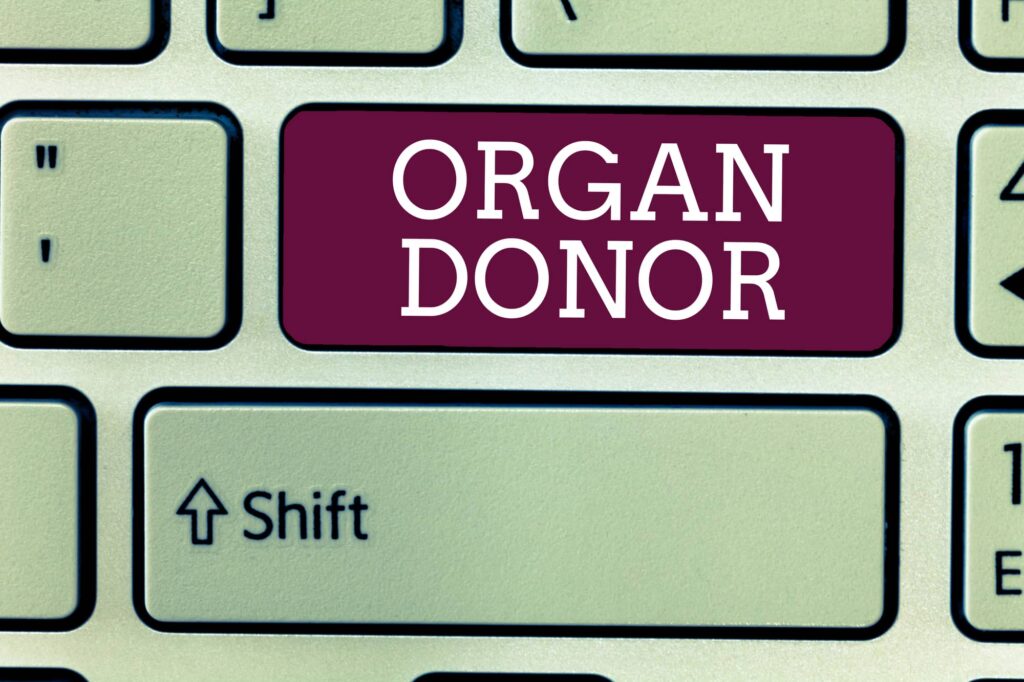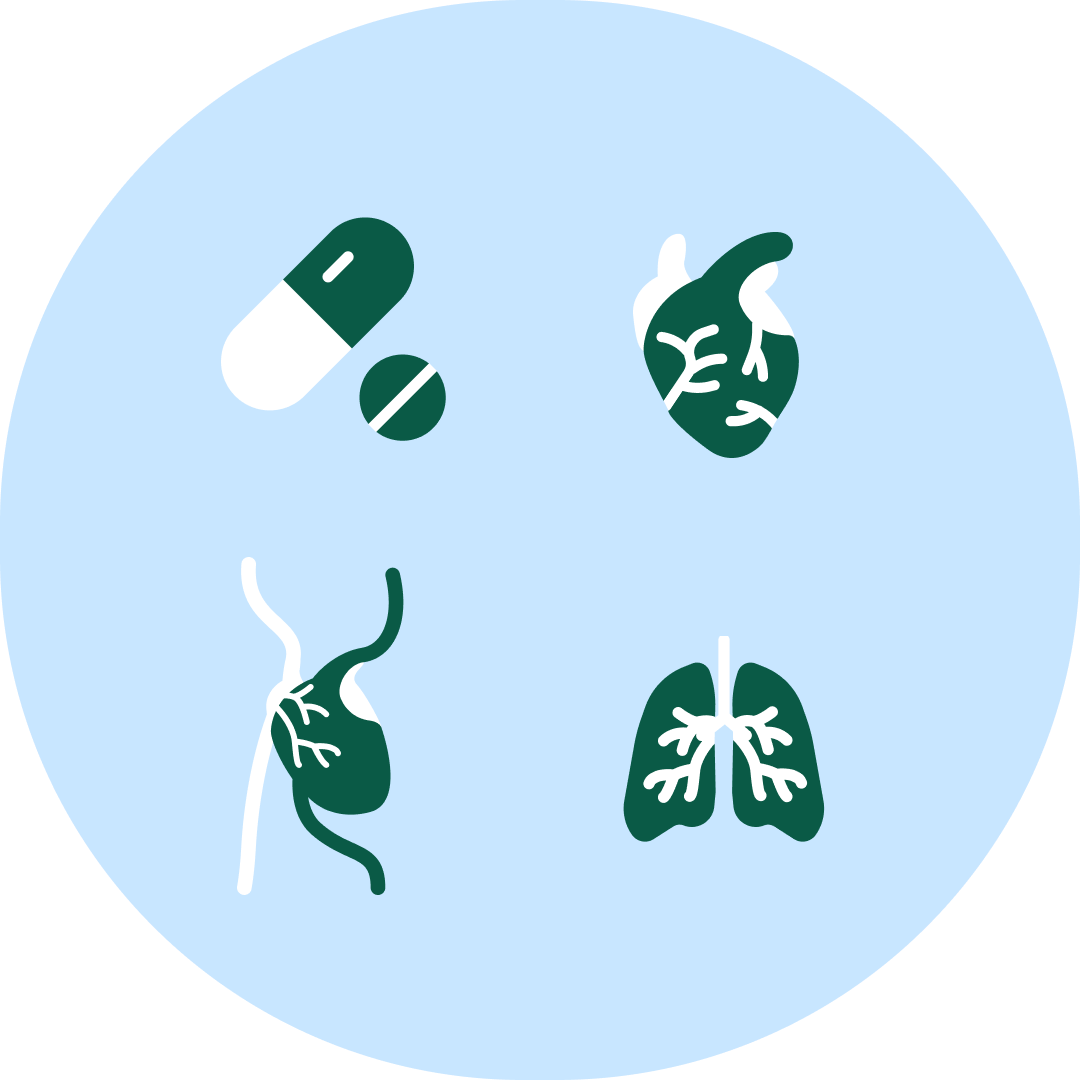Congress Newsletter 2024
Ethical Controversies in Organ Donation Persist in the Twenty-First Century
Advancements in surgical techniques and the availability of effective immunosuppressive medications have made life-saving organ transplantation a reality for thousands of individuals whose medical conditions lead to end-stage organ failure. Intensive care doctors and anesthetists, who play a key role in managing potential organ donors and streamlining the transplantation process, must navigate guidelines, institutional protocols, and ethical issues that are inherent in the process of human organ donation.

At this year’s Euroanaesthesia congress, attendees will have the opportunity to improve their understanding of what constitutes a diagnosis of death and learn more about the ethical issues surrounding the donation of human tissues and organs. During Saturday’s symposium titled “Organ donation in the 21st century – A journey of hope or a road to dystopia?”, speakers will discuss current methods of defining death and their deficiencies, the ethical implications of organ donation after euthanasia, and other emerging ethical concerns related to organ transplantation.
After a century of medical progress, organ transplantation remains fraught with ethical dilemmas, according to Dutch anesthetist Jan Albert Maria Bollen, MD, who will tackle the ethical debate on organ donation after euthanasia during Saturday’s session. Bollen’s research on euthanasia through living organ donation1, under the supervision of Professor Walther van Mook, MD, PhD, at the Maastricht University Medical Center, helped to raise awareness about the ethical, legal, and medical challenges of the procedure combining medical assistance in dying with organ donations after the circulatory determination of death. A protocol that is now implemented in Dutch hospitals provides a framework for the removal and transplantation of viable organs immediately after euthanasia.
While organ donation after physician-assisted death resides in an ethical gray area, transplant tourism has been denounced as a violation of human rights and a public health risk by international medical organizations. Nevertheless, this phenomenon has continued to grow in response to a shortage of viable organs, becoming an integral part of the burgeoning medical tourism industry.
“In Europe and the United States, people who need an organ are waiting on transplant lists – or you can fly to the Philippines or Malaysia and buy an organ,” said Robert L. Klitzman, MD, a Professor of Psychiatry at Columbia University Irving Medical Center in New York, NY. Klitzman, who also serves as Director of the Masters of Bioethics Program at Columbia, will discuss the ethical implications of organ markets during the symposium.
“In the United States, there is a major debate about making the purchase and sale of organs legal,” the speaker added. “It would be wealthy people buying organs from poor people.” Organ markets catering to wealthy foreign nationals are an established practice in the Philippines and Malaysia, with brokerage companies facilitating connections across the borders. The donors ultimately pay the price, Klitzman said, noting that the money they receive is almost always insufficient to lift them and their families out of poverty and that donors experience poorer health and increased financial burdens over time. Donor exchanges have recently emerged as an alternative to transplant tourism in developed countries. Known as domino transplants, these directed donations from relatives who are not compatible donors for their loved ones may provide an ethical solution to the donor shortage.
When it comes to transplantations involving deceased donors, the process relies on the accurate determination of death. Dale Gardiner, MD, an intensive care consultant at Nottingham University Hospital in Nottingham, United Kingdom, and chair of the Nottingham University Hospital’s Ethics of Clinical Practice Committee, will discuss the different sets of criteria used to diagnose death in the clinical setting, as well as the efforts to reach consensus about the notion of human death in the context of organ transplantation. Gardiner is the co-author of an international collaborative statement on expanding controlled donation after the circulatory determination of death.2 The statement was conceived to encourage the creation of deceased-donor programs worldwide and help countries become self-sufficient in terms of organ transplantation. In addition to describing the process of determining a prognosis that justifies the withdrawal of life-sustaining treatment and establishing the permanent cessation of circulation to the brain as the standard for determining death by circulatory criteria, the statement also attempts to draw a clear line between the determination of death and any consideration of organ donation. Following the necessary steps in the process of deceased organ donation is key to converting potential donors into actual donors, thus increasing the number of organs available for transplantation.
References:
- Bollen JAM, Shaw D, de Wert G, et al. Euthanasia through living organ donation: Ethical, legal, and medical challenges. J Heart Lung Transplant 2019;38(2):111-113.
- Domínguez-Gil B, Ascher N, Capron AM, et al. Expanding controlled donation after the circulatory determination of death: statement from an international collaborative. Intensive Care Med 2021;47(3):265-281.










